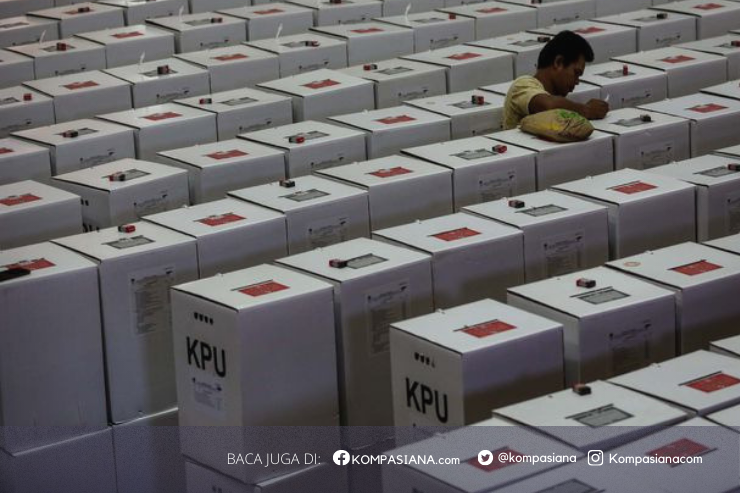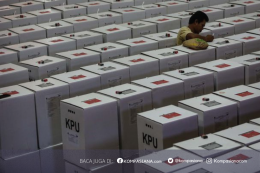Multi-Criteria Analysis (MCA) is the technique to reach a balance point of all stakeholders who affect/get affected, directly/indirectly with an enacted intervention, by assessing a mixture of monetary and non-monetary benefits, when an intervention has considerable environmnetal impacts and/or implications. The main strengths of MCA are that it escapes the inherent uncertainties linked with monetisation and weighs up multiple options and competing interests. It is also a holistic exercise which can take into account numerous intangible criterias. Further, MCA is extremely useful in situations where there are competing interests at play (as happened among economist, government, and environmental advocates today). It is not necessarily capable of demonstrating the best possible option from an efficiency, equity or effectiveness standpoint. Vardakoulias (2013) stated that MCA disentangled all individual expected outcomes of every stakeholders to create one comprehensive goal, that agreed by most stakeholders by these six key steps;
- Considering a range of possible interventions aiming to achieve the same end
- Considering all potential stakeholders affected by a given intervention and distinguishes them in a clear way
- Consulting stakeholders in order to determine the criteria against which they think impacts should be assessed
- Stakeholders are asked to rank the criteria which seem more important to them
- The performance is assessed against indicators which do not need to be monetised
- Finally, based upon (1) the score of each intervention against each criterion and (2) the ranking of stakeholders, a most preferred and least preferred option or intervention is determined for each stakeholder group. This means that, every stakeholders have their own ratio in conserving the nature.
To prevent the possibility of the stakeholders to conserve their wealth rather than the nature, it would work best for them to apply Mckinsey Problem Solving Framework (2015), to define the impact and responsibility of nature damage they are facing in appropriate way. I will give an example issue of “Mitigating Littering Habit in School”.
First, to prevent the cloud that will cover the real problem and overlapping of roles, every persistent stakeholder needs to break the big defined problem into small chunks (sub-issues) related with their each roles in Issue Tree Worksheet, the more the small chunks are, the better the problem to define.
Second, they need to consider “what key sub-issues that have most impact to the problem and them” and chose the actions that will give most impact to those sub-issues and mark them with numbers, to put on Prioritization Matrix based on the meeting point of their easeness in implementation and impact to the problem. The green area gives the most satifsfied level, the yellow area gives the medium satisfied level, and the red area gives the lowest satisfied level.
As we are implementing MCA combining the precaution principle shown by Mckinsey Problem Solving Framework above, each stakeholder has opportunity to rationale the reasons of an ecosystem conservation, setting key actions to reach the expected outcome, and then appraising, monitoring and evaluating those actions to improve them in the future by applying the required feedbacks. The key objective of this process is to find the most “approved solution” for as many stakeholders as possible to keep the sustainabilitiy of the intervention on the long run.







